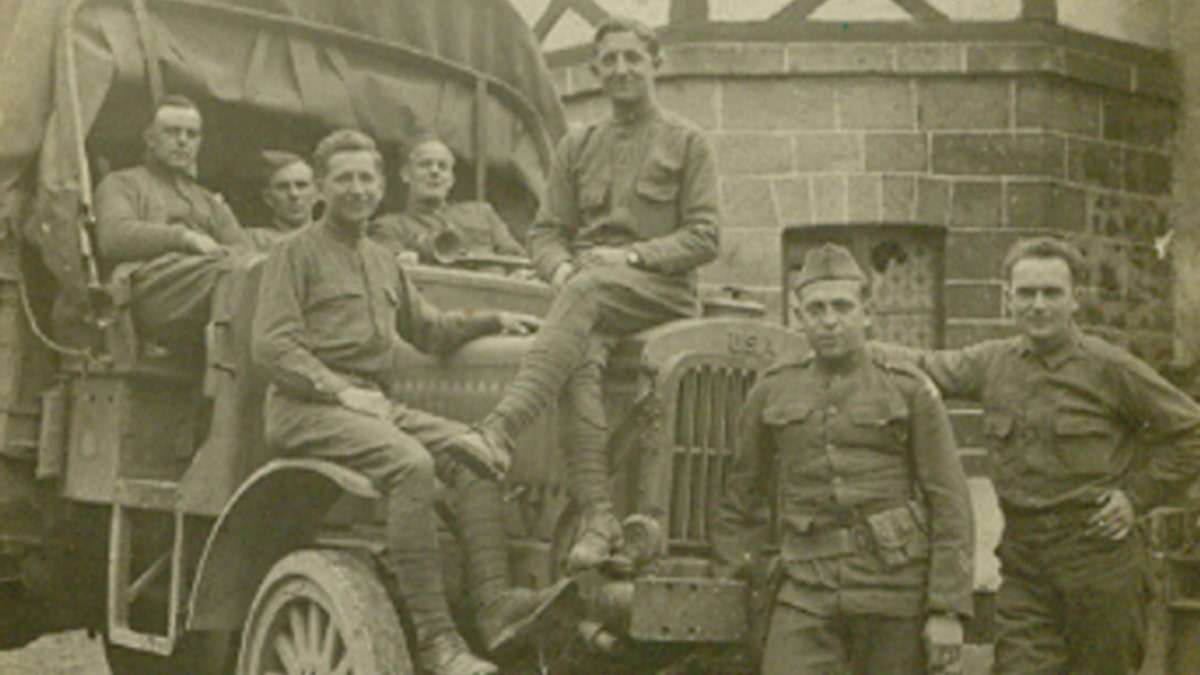
(National Archives)
Even though it’s been out of service for years, the Jeep is still the most iconic American military vehicle, but it may never have existed if it weren’t for the Liberty Truck of World War 1.
In 1917 the U.S. Army’s Quartermaster Corps recognized the need for a standardized motor vehicle to replace the mishmash of trucks it was using, which made parts supplies and repairs complicated and inefficient.
Enlisting the help of the Society of Automotive Engineers (SAE), it set out to develop a versatile three- to five-ton cargo carrier, and it was determined that designing one from scratch would be better than converting an existing model to avoid any patent infringement issues that might increase costs and delay its introduction.
Just 10 weeks later the team had a prototype with rear-wheel-drive and a four-speed transmission that was powered by a 52 hp 425 cubic-inch L-head four-cylinder engine and capable of chugging along at a top speed of 15 mph. After successful trials, it was fast-tracked for production in early 1918.

(National Archives)
The Army eventually contracted with 15 automakers, including Packard and Pierce-Arrow, to build what was officially called the Standard B truck. There were 9,364 manufactured by the end of the conflict on November 11, with roughly 7,500 of them being shipped to Europe to help with the war effort. Many of them arrived too late to see any combat action, according to The First Division Museum in Wheaton, Ill., but the process that brought the truck to fruition set the template for the mass-produced military machines that would follow, including the Jeep and similarly-nicknamed Liberty Ships of World War 2. It was also one of the final steps in shifting the U.S. Military away from horse-drawn and locomotive transportation.
But the Liberty Truck didn’t just play a role in how America fights wars. Commuters and travelers across the United States also owe it a debt of thanks.
Two of the vehicles took part in the pivotal 1919 transcontinental Motor Transport Convoy conducted by the U.S. Army Motor Transport Corps from Washington, D.C., to San Francisco. The 62-day exercise was meant to assess the military’s ability to mobilize over long distances and was observed by then-Lt. Colonel Dwight D. Eisenhower, who would later champion the U.S. interstate highway system as President, based in part on the experience.
Production of the Liberty Trucks continued into 1920 with a grand total of just over 17,000 built. Today, only a handful remain scattered between the U.S. and Europe, including one that just wrapped up a decade-long restoration by the First Division Museum, which says it is one of just five functional examples left.